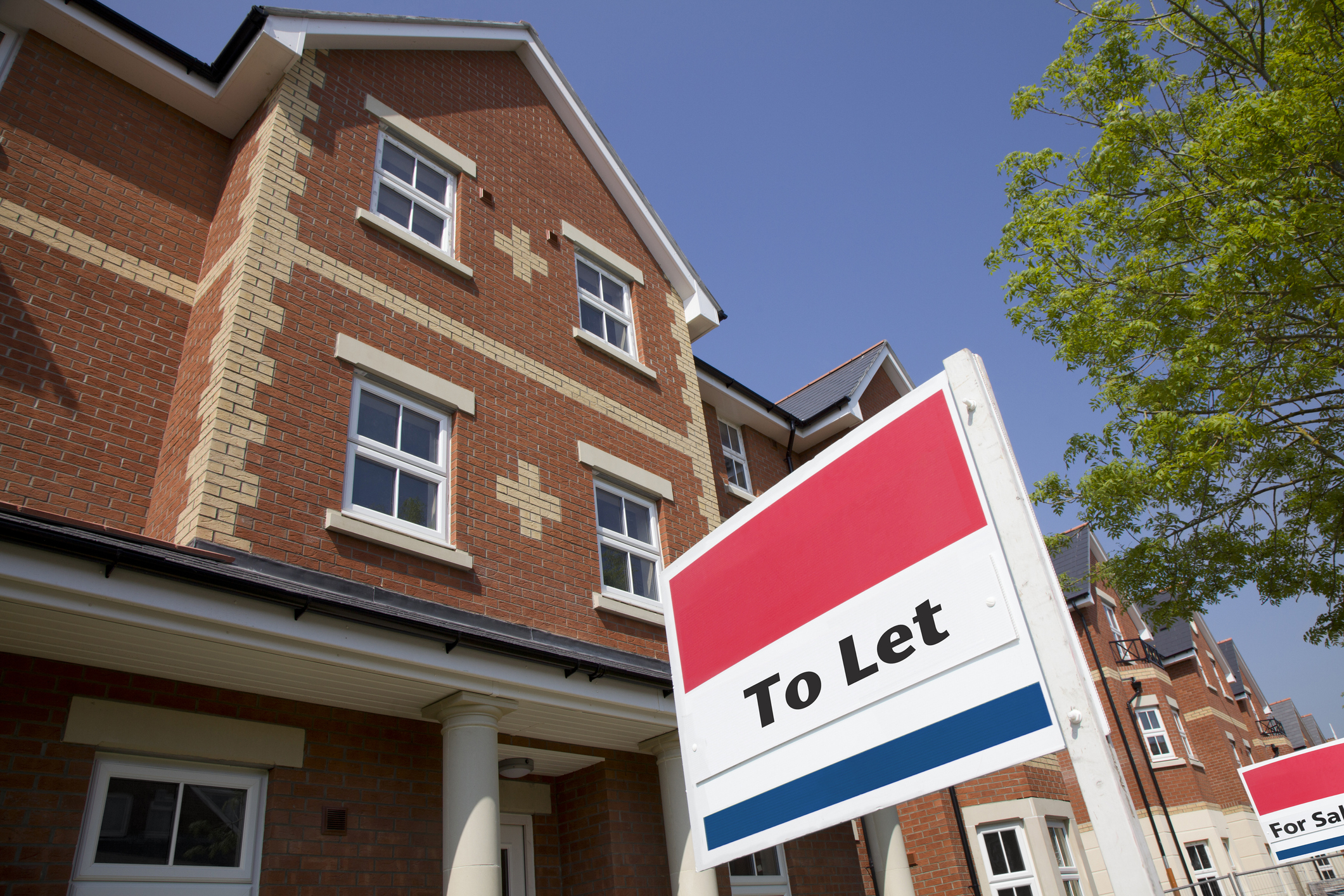Zoopla: Rents have risen by 10% this year - but have they reached their peak?
Rental growth is predicted to halve next year as affordability pressure limit what tenants are willing to pay


Average rents have risen by almost 10% this year but there are signs that landlords are reaching the limit of what they can charge tenants.
New figures from Zoopla show the average rent in the UK as of December was up 9.7% annually to £1,201 per month.
Landlords have been able to increase rents due to a lack of supply and many have chosen to charge tenants more to help cover the costs of rising buy-to-let mortgage rates.
MoneyWeek
Subscribe to MoneyWeek today and get your first six magazine issues absolutely FREE

Sign up to Money Morning
Don't miss the latest investment and personal finances news, market analysis, plus money-saving tips with our free twice-daily newsletter
Don't miss the latest investment and personal finances news, market analysis, plus money-saving tips with our free twice-daily newsletter
Buy-to-let investors may look at the data as a positive sign for investing in property.
However, Zoopla’s December Rental Market Report suggests the UK may now be past peak growth in rents and there has been a spike in rental listings with reductions of more than 5% as landlords attempt to attract cash-strapped tenants.
“The UK is past peak rental growth which will be welcome news to renters who have seen rents rise by almost a third over the past three years,” says Richard Donnell, executive director at Zoopla.
“London will lead the slowdown, acting as a drag on the UK growth rate.”
Where are rents rising or falling?
A lack of supply has helped buy-to-let investors benefit from charging high rents in recent years.
But Zoopla warns that this is reaching its limit amid the cost of living crisis and there are already signs asking rents have overshot and some markets are showing resistance to higher rents.
London has recorded the biggest slowdown in annual rental growth over the past year, down from 17% a year ago to 9%, according to Zoopla.
The volume of asking rent reductions is particularly high in London – 10% of rental listings in November 2023 had asking-price reductions of more than 5%, Zoopla said.
However, annual growth in rental prices in Scotland continues to gain momentum and stands at 12.9% higher annually, up from 11.4% a year ago.
Rents in Edinburgh are 15.2% higher than a year ago and in Glasgow they are 13.2% higher annually.
Northern England locations such as Manchester, Bolton, Derby and Newcastle are also seeing strong demand and greater headroom for rents to increase relative to earnings, the report added.
London still remains the city with the highest monthly rents, at £2,049 per month, followed by £1,611 in Oxford and £1,565 in Brighton.
| City | Rent | Annual growth |
| Edinburgh | £1,259 | 15.2% |
| Glasgow | £930 | 13.2% |
| Manchester | £1,037 | 12.2% |
| Cardiff | £1,065 | 11.8% |
| Newcastle | £793 | 11.7% |
| Nottingham | £932 | 11.3% |
| Southampton | £1,098 | 11.2% |
| Birmingham | £912 | 10.3% |
| Liverpool | £798 | 9.5% |
| Aberdeen | £673 | 9% |
| Bristol | £1,374 | 8.8% |
| Cambridge | £1,549 | 8.6% |
| Leeds | £923 | 7.8% |
| Sheffield | £796 | 7.6% |
| Belfast | £726 | 3.2% |
Will rents rise or fall in 2024?
One of the main drivers of rising rents has been a lack of supply.
Many landlords have been deterred by tax restrictions and higher costs associated with being a buy-to-let landlord.
But Zoopla is predicting that a weaker jobs market and growing affordability pressures will push annual UK rental growth down by half to 5% by December 2024.
It forecasts that London will have annual rental growth of 2% - the lowest level since 2021.
Falling mortgage rates may also help more first-time buyers get on the property ladder, reducing rental demand.
“The supply-demand imbalance in rented housing is not going to disappear in 2024, however, the market is set to become more balanced than it has been over the last three years,” says Donnell.
“The slowdown in rental growth over 2024 will be down to a weaker labour market, slower earnings growth and growing affordability pressures limiting the pace at which rents can rise, particularly in southern England.
“Rents have room to rise above the UK average in regional cities where affordability is less of a constraint, but this won’t be the case indefinitely.”
Richard Davies, from London-based estate agent Chestertons, suggests there could even be more rental supply as landlords return to the market while some financially-stretched homeowners choose to put their properties on the rental market in reaction to the jump in mortgage repayments.
“Whilst we do not foresee a change in demand, the addition of new supply is likely to have a dampening effect on rental growth over the next two years," he says.
“As a result, we forecast a 5% increase in rents across the UK and London in 2024, followed by a drop to 3-3.5% in 2025 as the accumulation of new supply begins to soak up demand.”
Get the latest financial news, insights and expert analysis from our award-winning MoneyWeek team, to help you understand what really matters when it comes to your finances.

Marc Shoffman is an award-winning freelance journalist specialising in business, personal finance and property. His work has appeared in print and online publications ranging from FT Business to The Times, Mail on Sunday and the i newspaper. He also co-presents the In For A Penny financial planning podcast.
-
 Where did house prices rise and fall the most in 2025?
Where did house prices rise and fall the most in 2025?Some parts of the UK have seen yearly property price growth of up to 12.6%, but others have seen values fall by as much as 8.9%, research shows.
-
 ‘Why I have ditched my Help to Buy ISA for cash savings and the stock market’
‘Why I have ditched my Help to Buy ISA for cash savings and the stock market’Without the 25% bonus, my Help to Buy ISA is effectively redundant, says MoneyWeek writer Sam Walker.